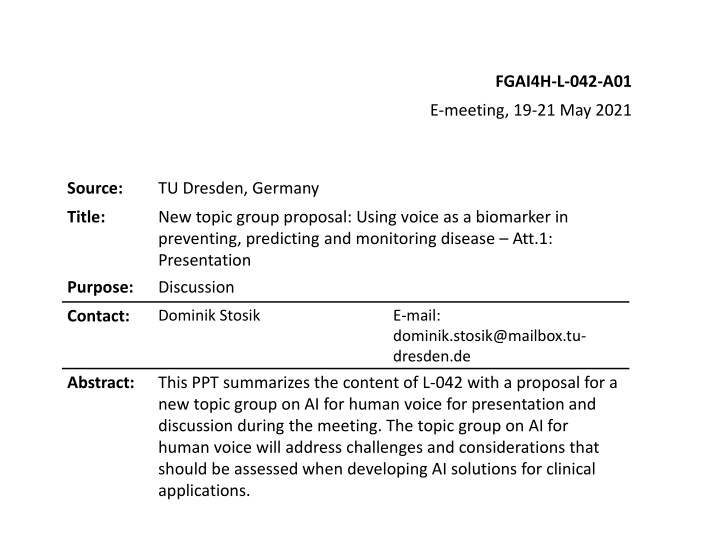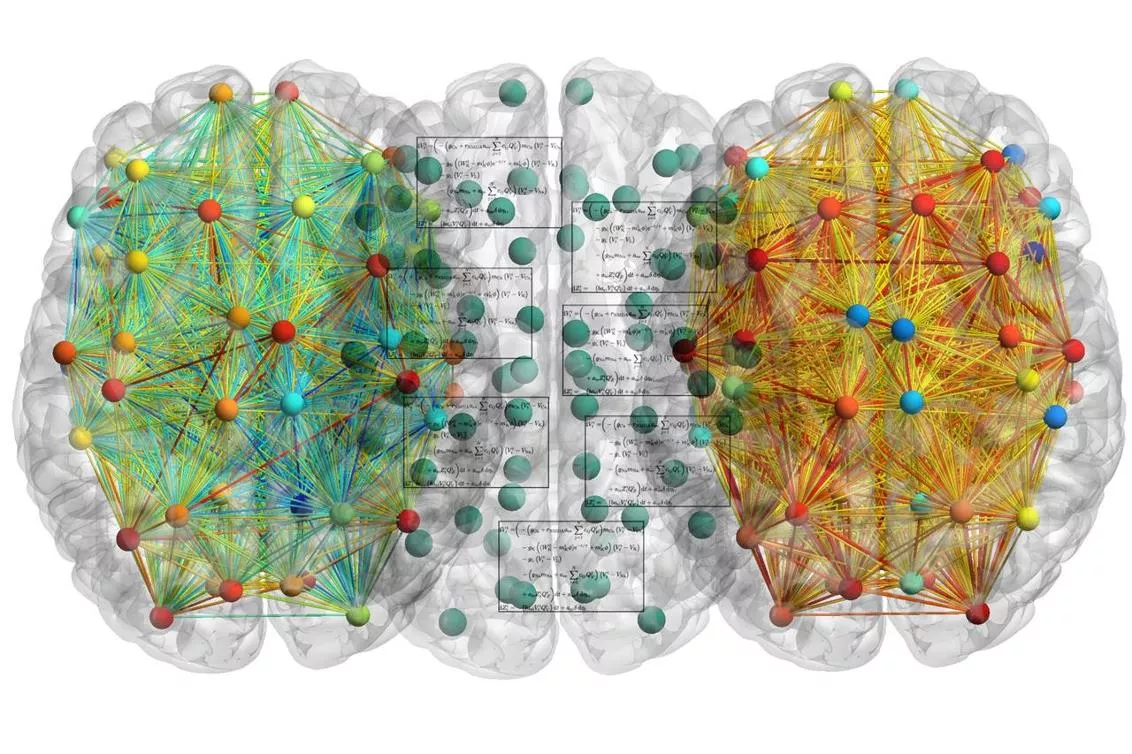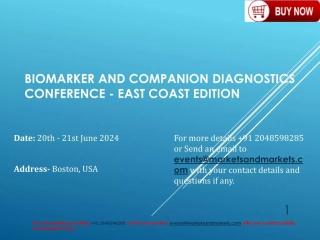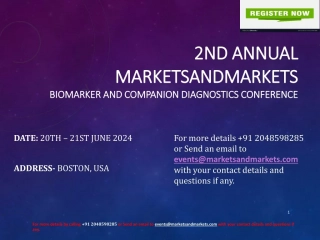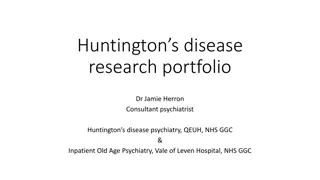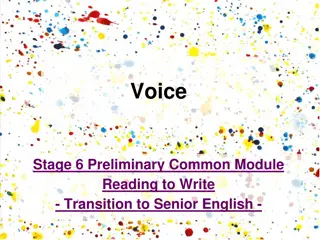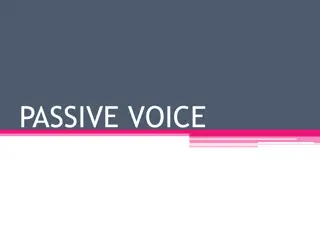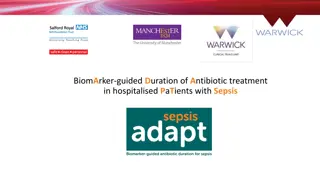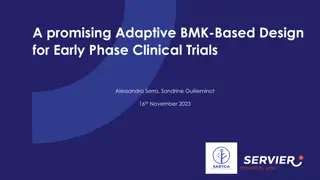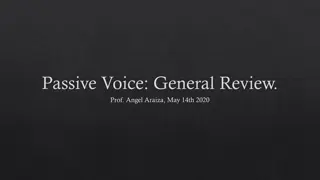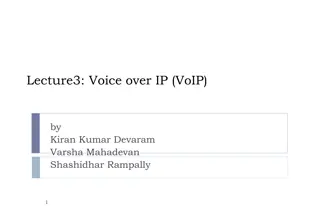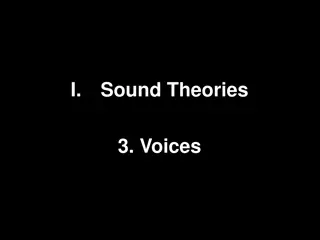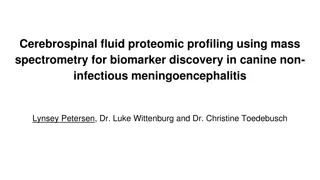Using Voice as a Biomarker in Disease Monitoring
This presentation proposes a new topic group on using artificial intelligence for analyzing human voice as a biomarker in disease prevention, prediction, and monitoring. The focus is on addressing challenges in developing AI solutions for clinical applications, with simulations depicting brain activity during speech production versus rest. The potential of vocal biomarkers in detecting psychiatric disorders early, monitoring them, and enhancing healthcare systems is emphasized, along with the importance of AI-based early detection systems in the context of changing ecosystems and healthcare needs.
Download Presentation

Please find below an Image/Link to download the presentation.
The content on the website is provided AS IS for your information and personal use only. It may not be sold, licensed, or shared on other websites without obtaining consent from the author.If you encounter any issues during the download, it is possible that the publisher has removed the file from their server.
You are allowed to download the files provided on this website for personal or commercial use, subject to the condition that they are used lawfully. All files are the property of their respective owners.
The content on the website is provided AS IS for your information and personal use only. It may not be sold, licensed, or shared on other websites without obtaining consent from the author.
E N D
Presentation Transcript
FGAI4H-L-042-A01 E-meeting, 19-21 May 2021 Source: TU Dresden, Germany Title: New topic group proposal: Using voice as a biomarker in preventing, predicting and monitoring disease Att.1: Presentation Discussion Purpose: Dominik Stosik E-mail: dominik.stosik@mailbox.tu- dresden.de Contact: Abstract: This PPT summarizes the content of L-042 with a proposal for a new topic group on AI for human voice for presentation and discussion during the meeting. The topic group on AI for human voice will address challenges and considerations that should be assessed when developing AI solutions for clinical applications.
On the right, in orange, is a simulation of the brain during speech production, a complex task made possible by the activity of many interconnected areas. On the left, in green, is a simulation of the brain at rest. 2 Att.1: Presentation FGAI4H-L-042, E-meeting, 19-21 May 2021
Existing models draw upon voice as isolated biomarker in detecting early onsets of psychiatric disorders and monitoring them to prevent relapses 3 Limitation Talk to me ? compliance-dilemma Att.1: Presentation FGAI4H-L-042, E-meeting, 19-21 May 2021
Dreams of the Future? 4 Limitation Talk to me ? compliance-dilemma Att.1: Presentation FGAI4H-L-042, E-meeting, 19-21 May 2021
Relevance 5 - consensus that this pandemic is just the beginning of a human induced change in the ecosystem - other pathogens (i.e. bacteria) and the growing bacterial resistance to antibiotics will have a significantly negative impact on the human immune system and will be an additional burden for the healthcare system - reaction time in most cases will be crucial and AI based early detection systems will be needed more than ever Att.1: Presentation FGAI4H-L-042, E-meeting, 19-21 May 2021
Impact 6 better care? lower cost? higher efficiency? Vocal biomarkers, like pulse and blood pressure biomarkers, are medical indications derived from qualities in our voice. Capturing and analyzing small variations in our voice, such as pitch, intensity, vocal tract coordination, jitters, shimmers, tremors, pauses, and so on, results in a variety of health assessments that offer a more complete picture of our health in seconds. Att.1: Presentation FGAI4H-L-042, E-meeting, 19-21 May 2021
Existing work? Yes, but 7 Att.1: Presentation FGAI4H-L-042, E-meeting, 19-21 May 2021
Do not reinvent the wheel, but 8 Att.1: Presentation FGAI4H-L-042, E-meeting, 19-21 May 2021
Do not reinvent the wheel, just realign it ! 9 What we have What we need sophisticated speech recognition software and ML AI models owned by multinational technology companies (Amazon, Google) or intelligence agencies do not try to outcompete them, but use frameworks that work on top of these open accessible databases to train AI models (for a list see proposal paper) data that has not been seen by any algorithm before Big (unstructured) Data Big structured Data Att.1: Presentation FGAI4H-L-042, E-meeting, 19-21 May 2021
Realigning the wheel 10 What we need How do we get it? do not try to outcompete them, but use frameworks that work on top of these lots of these are publicly available and would only be needed as a comparative value data that has not been seen by any algorithm before by taking advantage of the more and more popular medical tele- and video consultations (in University Hospital environments) Big structured Data it s already there Att.1: Presentation FGAI4H-L-042, E-meeting, 19-21 May 2021
Possible obstacles and difficulties 11 - - - - - language barriers Privacy and Data protection International Standards in Anonymisation and Pseudonymisation of Data ( Institut f r Qualit tssicherung und Sicherheit im Gesundheitswesen [Institute for Quality Assurance and Safety in Health Care] ) Att.1: Presentation FGAI4H-L-042, E-meeting, 19-21 May 2021
Interconnected AI Algorithms (with a little help from EHRs) 12 Att.1: Presentation FGAI4H-L-042, E-meeting, 19-21 May 2021
Thank You for your attention 13 dominik.stosik@mailbox.tu-dresden.de Att.1: Presentation FGAI4H-L-042, E-meeting, 19-21 May 2021
